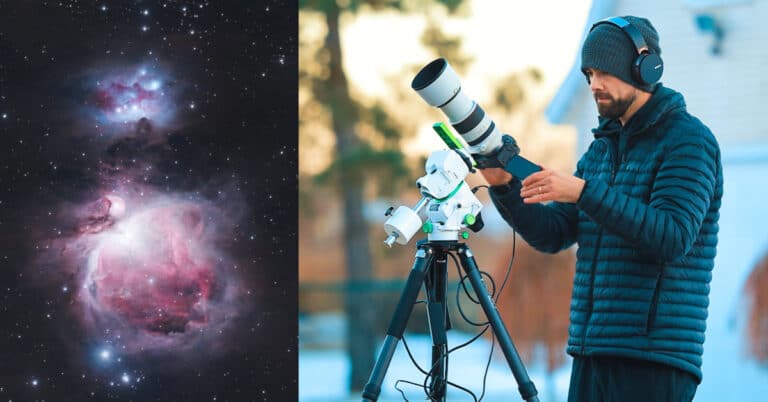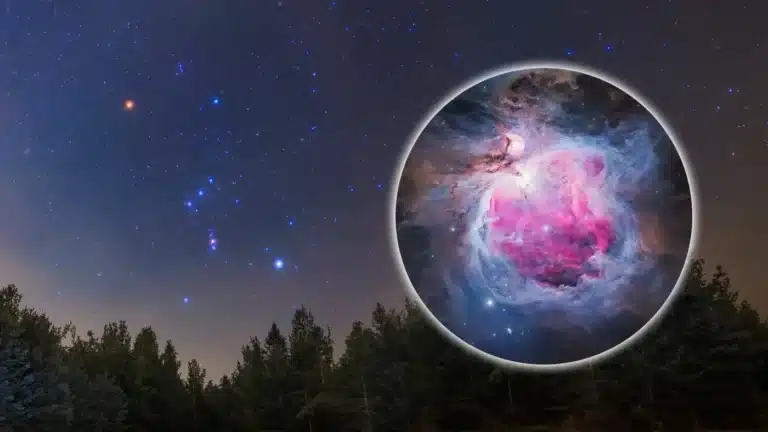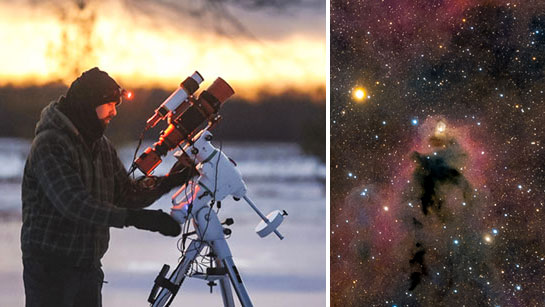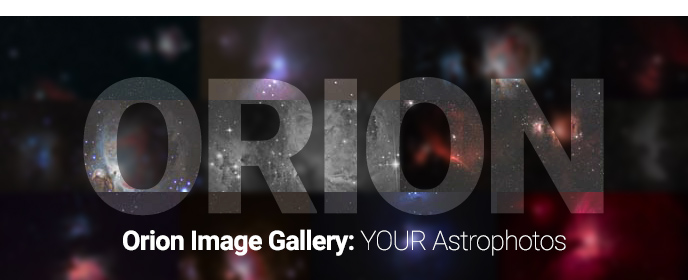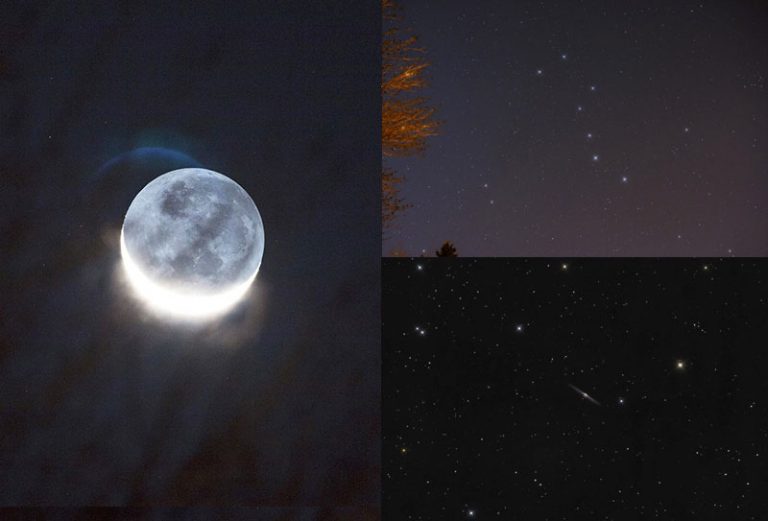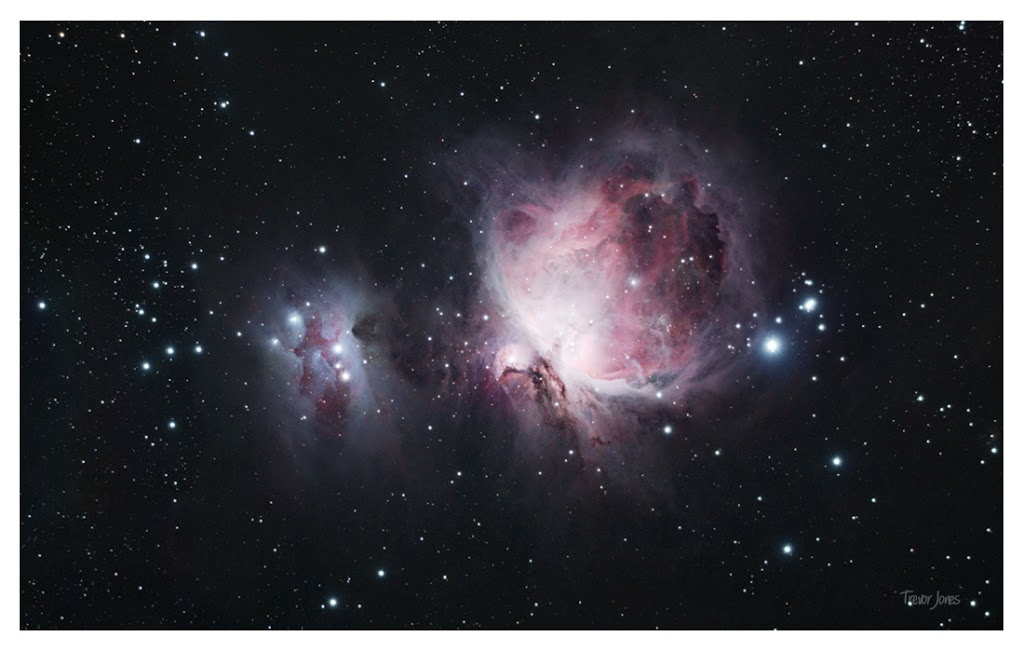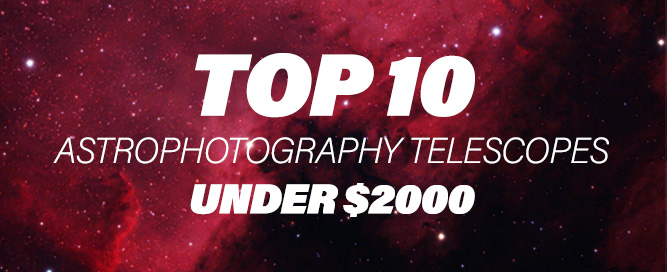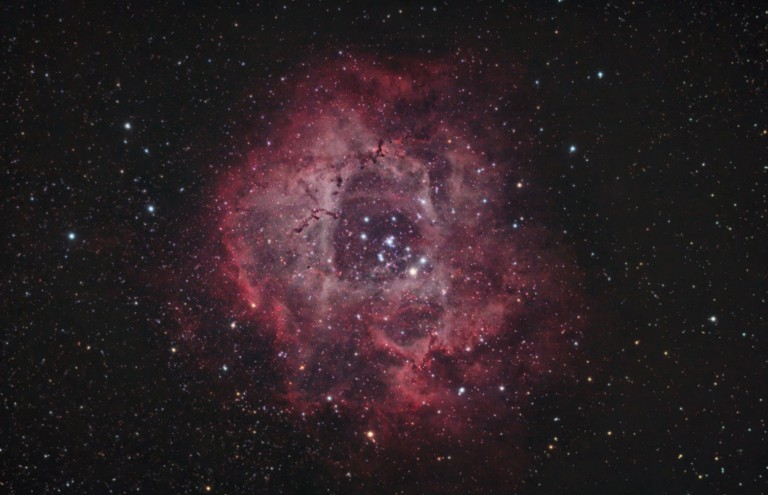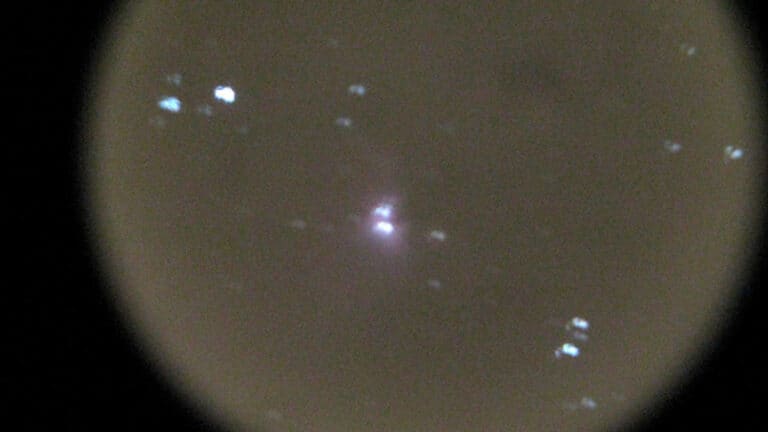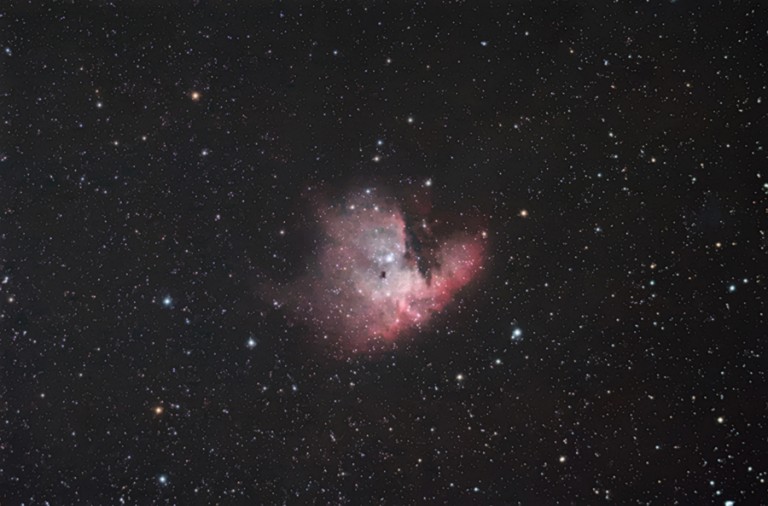How to Photograph the Orion Nebula
In this post, I’ll break down how to photograph the Orion Nebula, one of the most spectacular deep-sky objects in the night sky. While it may just look like a smudge to the naked eye, Orion is the nearest, large star-forming region to Earth at just 1,500 light years away. When you take a picture…
